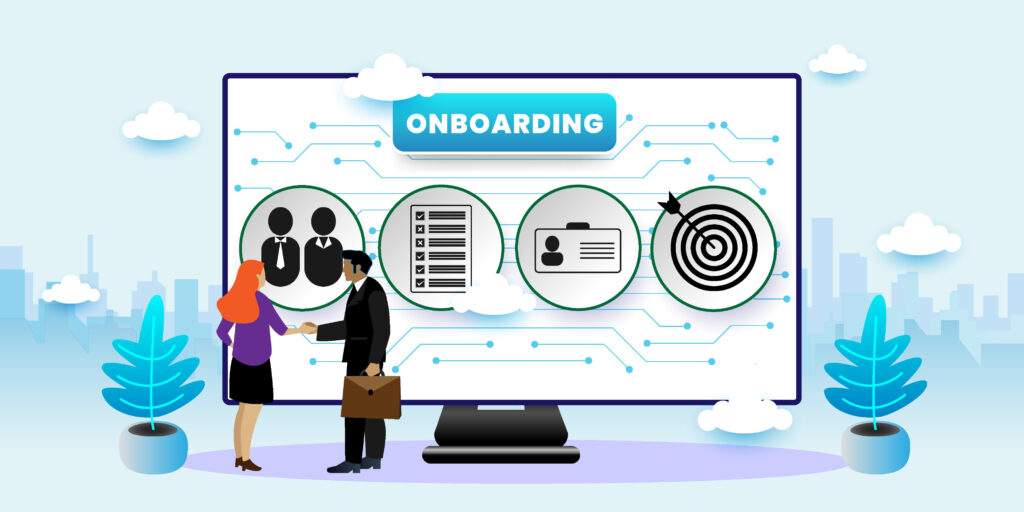Change is an ever-present reality in the workplace, requiring businesses to constantly adjust to many factors, including technological advancements, market dynamics, and internal restructuring. Within the workplace setting, these changes can disrupt established routines, generate a sense of uncertainty, and evoke resistance among employees.
However, successfully navigating change requires more than just implementation. It necessitates effective communication. Therefore, establishing a robust communication strategy becomes crucial to mitigate these challenges and foster a smooth transition.
This article explores the importance of effective communication during workplace change, highlighting how it promotes understanding, builds trust, encourages engagement, and ultimately contributes to successful change implementation.
1. Understanding the Change
Change in the workplace encompasses various types and is driven by different reasons.
- Organizational changes can include structural changes, such as mergers, acquisitions, or reorganizations, aimed at improving efficiency or responding to market demands.
- Process changes involve modifying workflows or implementing new technologies to enhance productivity and streamline operations.
- Policy changes may occur to comply with legal requirements or address evolving industry standards.
- Leadership changes, such as executive transitions, can bring new strategies and direction.
- Economic factors, market trends, competitive pressures, or the need for innovation are common catalysts for change.
Understanding change is essential for maintaining a positive employee relationship. Organizations can address concerns, alleviate resistance, and foster a sense of trust and transparency by comprehending the reasons behind the change and its potential impact on employees.
Not to mention that recognizing common reactions to change, such as fear, uncertainty, and loss, makes it much easier for organizations to tailor their communication strategies effectively, promoting employee engagement and cooperation throughout the change process.
2. The Role of Leadership In Communicating Change
Leadership plays a pivotal role in effectively communicating change in the workplace. Leaders must demonstrate active involvement and unwavering commitment to the change initiative.
By embodying thought leadership, leaders inspire confidence and create a sense of purpose among employees. Fostering trust and transparency is equally important. Leaders should clearly articulate the vision and goals of the change, openly addressing concerns and providing regular updates.
Establishing open lines of communication and active listening to employee feedback also helps build trust and encourages a collaborative approach. When leaders effectively communicate change, they foster employee engagement, minimize resistance, and drive successful change implementation.
3. Crafting The Message
Crafting the message for communicating change in the workplace requires careful consideration. It involves identifying key messages and objectives that align with the company culture and resonate with employees.
Effective and concise communication, utilizing formal writing words and language, plays a vital role in conveying professionalism and establishing credibility. It is crucial to tailor messages to different stakeholders, taking into account their specific concerns and interests.
By customizing the message, it becomes more digestible and engaging. The message should clearly and articulately outline the purpose, benefits, and expected outcomes of the change while also addressing potential challenges. This, in turn, can create a shared understanding and foster a sense of unity among employees.
4. Choosing The Proper Communication Channels
Selecting the proper communication channels is essential to captivate the audience and effectively convey change in the workplace. The choice of channels should align with the nature of the change and the target audience.
Channels such as company-wide emails, intranet portals, or town hall meetings may be appropriate for broad announcements or updates. Platforms like team meetings, small group discussions, or online forums can be utilized for more interactive and personalized communication.
Social media platforms and digital newsletters are effective for reaching a wider audience. By carefully selecting communication channels, organizations can ensure the message goes to employees compellingly and engagingly, fostering better understanding and buy-in during times of change.
5. Creating a Two-Way Communication Process
Creating a two-way communication process fosters meaningful engagement, empowering employees to contribute their ideas and perspectives actively.
By creating an open dialogue, organizations facilitate a smoother transition by ensuring that employees feel heard and valued. It promotes a sense of ownership and involvement, as employees are given opportunities to share their insights and suggestions.
This collaborative approach strengthens employee morale, enhances problem-solving capabilities, and cultivates a supportive environment where everyone is invested in the success of the change.
Ultimately, the two-way communication process drives positive outcomes and facilitates a seamless transition throughout the change journey.
6. Training and Support
Identifying training needs is crucial to equip employees with the necessary skills and knowledge to adapt to the change effectively. Organizations should provide resources such as training programs, workshops, or online learning platforms to address these needs.
Additionally, establishing a support team or mentorship program can offer guidance and assistance to employees navigating the change process.
Investing in training and providing comprehensive support can empower employees to embrace the change, reduce anxiety, and build confidence in their abilities. This contributes to a better transition and enhances overall employee performance and satisfaction.
7. Overcoming Resistance and Conflict
Overcoming resistance and managing conflict is crucial for successful change implementation in the workplace. Organizations can employ several strategies to address opposition and handle conflicts effectively. These include:
- Actively listening to employees’ concerns and empathizing with their perspectives.
- Providing clear and consistent communication about the change, addressing misconceptions, and highlighting the benefits.
- Involving employees in decision-making processes to foster a sense of ownership and engagement.
- Offering training and support to help employees adapt to the change and build necessary skills.
- Implementing conflict resolution techniques, such as mediation or negotiation, to address conflicts constructively.
- Recognizing and celebrating small wins and positive outcomes to motivate employees and promote a positive change culture.
8. Monitoring and Evaluation
Collecting feedback from employees and stakeholders provides valuable insights into the effectiveness of communication efforts. By implementing surveys, focus groups, or one-on-one interviews, organizations can gather feedback on the communication’s clarity, relevance, and timeliness.
Additionally, measuring the impact of communication on employee engagement, morale, and understanding can be achieved through metrics such as employee satisfaction surveys or communication effectiveness scores.
For example, a study found that organizations with high levels of employee engagement during change initiatives experienced 22% higher productivity and 25% higher profitability than those with low engagement.
Monitoring and evaluation allow organizations to make data-driven adjustments and improve communication strategies, ensuring continuous improvement throughout the change process.
Conclusion
In conclusion, effective communication is a crucial element in successfully navigating change in the workplace.
By implementing the strategies discussed in this article, organizations can create a supportive environment where employees feel engaged, informed, and empowered during times of change.
Prioritizing effective communication during change will allow organizations to navigate transitions successfully, foster a positive work environment, and drive positive outcomes for both employees and the organization. As a result, employees can work better, increasing productivity and achieving organizational objectives.
















